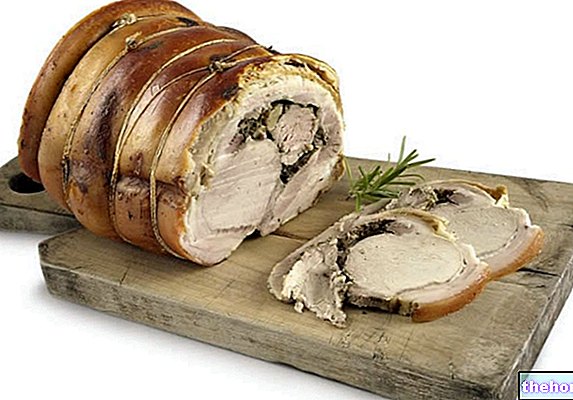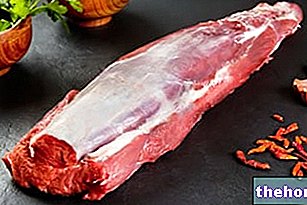What is that
The Florentine steak is a typical Italian product, belonging to the 1st food group; its roots are Tuscan, to be precise, sinking in the Florence area. However, as can be seen by comparing the Florentine steak to other similar preparations (mainly Anglo-Saxon), the doubt arises that one may have determined the birth of the other.

The Florentine steak is a cut of the bovine back. Its nutritional composition varies a lot according to the animal of origin but, due to its size (whole), it certainly does NOT represent a suitable food for the contemporary lifestyle.
Historical notes and etymology
The Florentine one represents the "true Italian steak", not so much for the antiquity of its origins, as for the etymological roots of the term itself.
The term "bistecca" represents the Italianization of the English noun: T-Bone steak. This word, which indicates a cut of meat ≥1.3 cm thick that can be obtained from the second half of the loin of the animal (towards the tail), may have settled in the common Tuscan language between 1400 and 1800 AD. Obviously, an "oscillation of 400 years is not negligible and it is difficult to confirm hypotheses. A theory on the naturalization of the term T-Bone steak attributes the merit to the massive presence of English knights on the territory of the Medici; another, places the development of the name in about the nineteenth century, in correspondence with the "colonization" of Florence by European foreigners (of which about 30% were of Anglo-Saxon origins).
In practice, the name "steak" derives from T-Bone steak, which is the English version of the Italian Florentine. Obviously, the fact that the origins of the term are Anglo-Saxon does NOT ensure that the Italian cut (perhaps with other names) cannot have even much more ancient roots.
However, the first "boom" of the Florentine steak took place due to the consecration of the festivities of San Lorenzo, during which (thanks to the availability of the Medici) large quantities of beef were cooked and distributed.




























